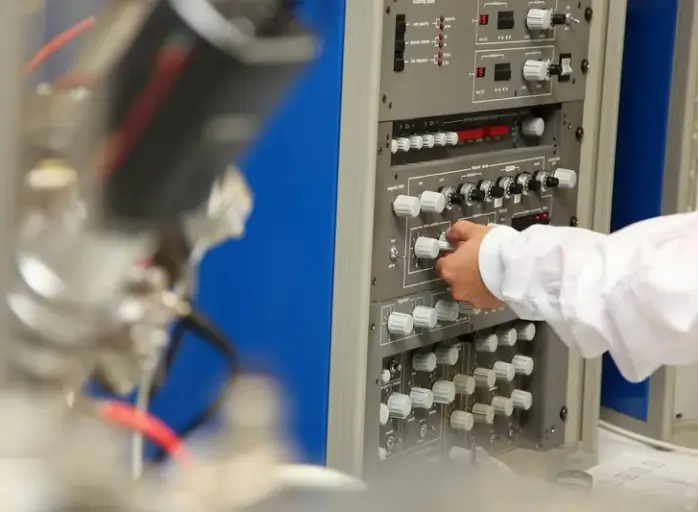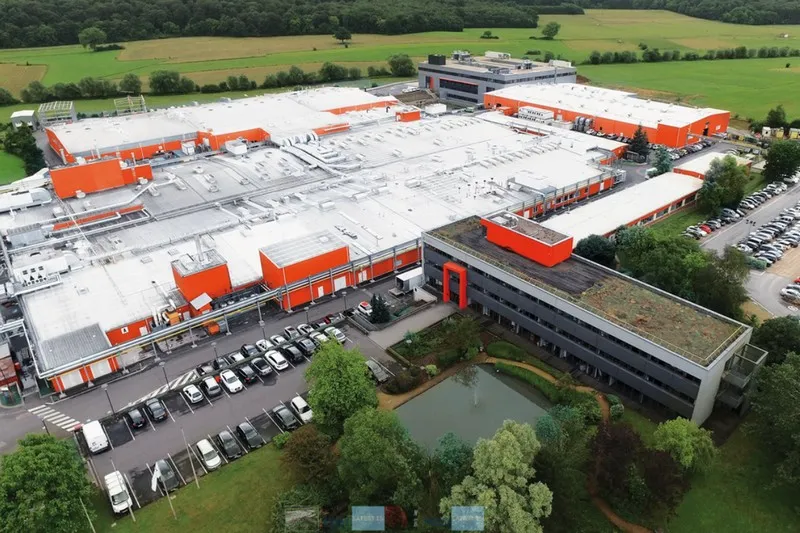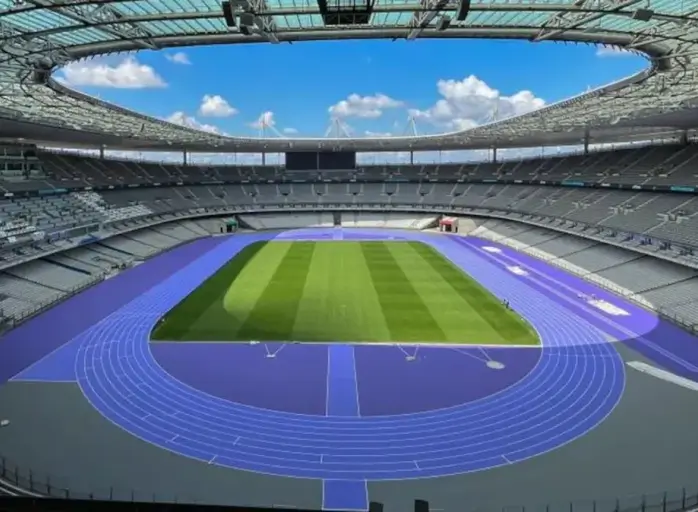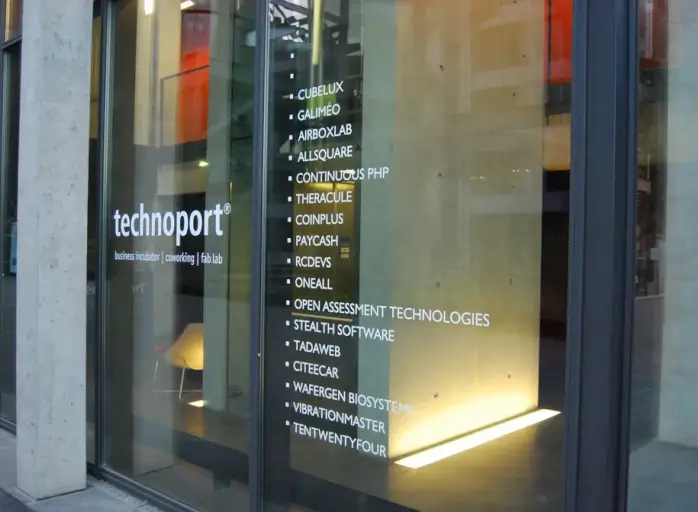
Waste heat: Time to take action
The workshop organised by Luxinnovation on 26 March highlighted the need to take appropriate measures to reuse "lost" heat in industrial processes. An EU directive also supports this approach.
 Jean-Michel Gaudron
Jean-Michel Gaudron
In these challenging times where energy supply is becoming increasingly costly and certain fossil fuels are destined to become unavailable in the short and medium terms, being able to maximise energy creation is of paramount importance.
“Manufacturing sector companies are at the forefront of the energy transition and must intensify their efforts to reduce and optimise their energy consumption. Significant potential for savings lies, among other things, in the recovery and valorisation of waste heat from industrial processes. This workshop focused on this specific topic and brought together industrial stakeholders, solution providers and research organisations to generate ideas and collaborations,” emphasises Caroline Muller, Materials & Manufacturing Cluster Manager at Luxinnovation.
Waste heat is a form of energy for which you have already paid. So make sure to exploit its full potential.
According to the study “Excess heat potentials of industrial sites in Europe” conducted in 2020, the total potential of available and unutilised excess heat corresponds to between 4% and 9% of the total final industrial energy demand.
Manufacturing sector companies must considerably increase their efforts to reduce and optimise their energy consumption.
“The waste heat market was worth €66 billion in 2020 and is expected to reach €134 billion by 2030,” explained Alexandre Bertrand, Senior Researcher & Technology Associate at the Luxembourg Institute of Science and Technology (LIST), during the “Waste heat recovery and valorisation in industrial processes” workshop held this Tuesday in Belval, which brought together over sixty professionals, industry representatives and service providers.
LIST has developed Heat2Power, as part of a research project conducted with the ArcelorMittal Luxembourg Foundation and co-financed by the Luxembourg National Research Fund. This software identifies the best combinations of technologies and operating conditions to achieve maximum efficiency and profitability by recovering waste heat and converting it into electricity.
European directive
This issue of waste heat has also been tackled at the European level. Directive (EU) 2023/1791 on energy efficiency, which entered into force in October 2023, dedicates several of its provisions to the issue of waste heat.
“The measures to recover waste heat reduce final energy consumption and thus contribute to achieving our national energy efficiency objectives,” explained Denis Sijaric, specialised in energy efficiency matters at the Ministry of the Economy.
The waste heat market was worth €66 billion in 2020 and is expected to reach €134 billion by 2030.
Among the possibilities for reducing heat loss, which enable the recovery of such heat for reinjection into internal processes and options for external valorisation, there are numerous avenues, some of which can be easily implemented.
“Waste heat is a form of energy for which you have already paid. So make sure to exploit its full potential,” reminded Mr Sijaric, indicating that waste heat recovery measures have become increasingly profitable in recent years, as the rise in energy prices reduces the return on investment. “Projects that were not profitable a few years ago are now being realised.”
Not to mention, of course, the opportunities for public subsidies provided by the Ministry of the Economy as well as the mechanisms of energy efficiency obligations (EEOS) which offer financial or non-financial incentives to encourage, support and assist consumers in implementing energy efficiency measures.
Concrete examples
During this workshop, numerous concrete examples were presented, such as the energy recovery and storage solutions of the French startup Eco-Tech Ceram; the waste heat recovery processes on a circular economy model by Armstrong International; or concrete achievements implemented by major industrial groups such as Goodyear, Circuit-Foil, or Cimalux with support from the Energy Agency, resulting in financial gains of several hundred thousand euros and substantial energy savings.
Many solutions exist, both at the industrial level and in the construction sector, for example.
The afternoon visit to an ArcelorMittal site provided a concrete insight into an external waste heat valorisation process, as part of a project carried out in collaboration with the supplier Sudcal and the service provider Dalkia: the injection into the heating network of some 18GWh of energy per year, equivalent to the heating supply for 4,000 homes. With a CO2 emission reduction of 5,000 tonnes compared to a conventional heating system.
The measures to recover waste heat reduce final energy consumption and thus contribute to achieving our national energy efficiency objectives.
“The entire day allowed us to grasp the importance of this issue and to realise that many solutions exist, both at the industrial level and in the construction sector, for example,” says Charles-Albert Florentin Luxembourg CleanTech Cluster Manager at Luxinnovation.
This topic will be addressed once again at the second conference on sustainable construction for resilient cities 2.0, jointly organised by LIST, Luxinnovation, and Neobuild on 23 May 2024, in the Neobuild building in Bettembourg.







